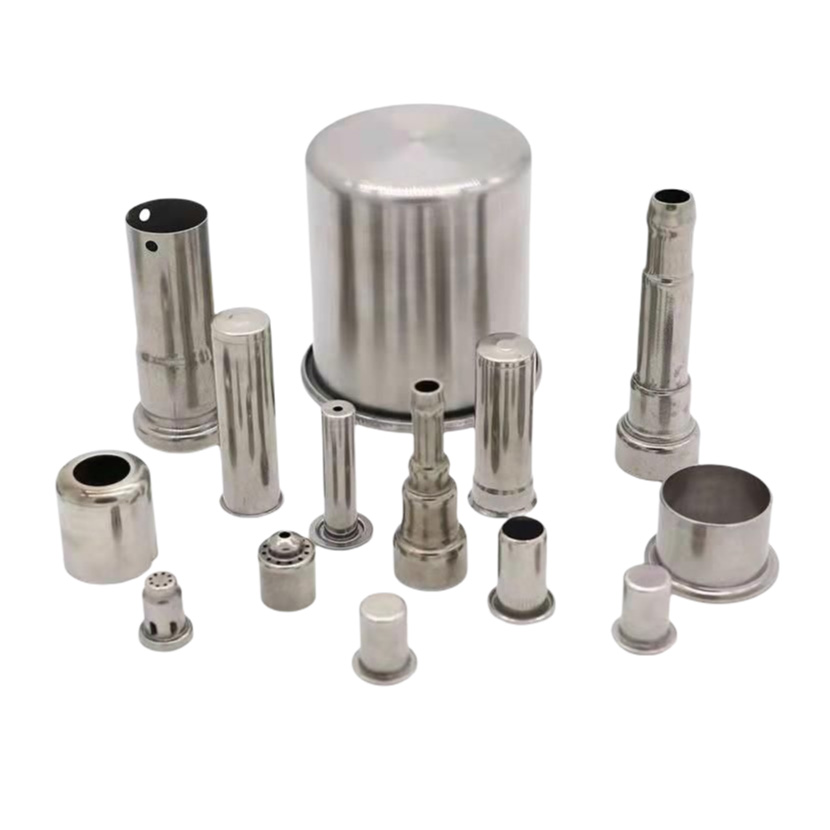The Brief Introduction to Deep Drawing Parts
2023-10-17
Deep drawing is a metal forming process used to create various shapes and components from sheet metal. Deep drawing parts are those that are produced through this technique. Here are some key points about deep drawing parts:
Process: Deep drawing involves the use of a punch and die to form a flat sheet metal blank into a three-dimensional shape. The sheet metal is placed over the die, and the punch pushes the material into the die cavity, causing it to stretch and take on the shape of the die.
Shapes: Deep drawing can be used to create a wide range of shapes, including cylindrical, conical, and box-like structures. Common examples of deep drawing parts include cans, cups, pans, automotive components (such as fenders and body panels), kitchen sinks, and various industrial components.
Materials: Deep drawing can be performed on various types of materials, including stainless steel, aluminum, copper, brass, and carbon steel. The material chosen depends on the desired properties of the final part, such as strength, corrosion resistance, and conductivity.
Advantages: Deep drawing offers several advantages. It allows for the production of complex shapes with high precision and tight tolerances. The process is efficient, as multiple parts can be produced in a single operation. It also provides excellent structural integrity to the formed parts, as the absence of joints or welds minimizes weak points.
Cost-effective: Deep drawing can be a cost-effective manufacturing method, especially for high-volume production. The process reduces material waste, as it utilizes the full area of the sheet metal blank. It also eliminates the need for additional assembly steps, reducing labor and assembly costs.
Limitations: While deep drawing is a versatile process, it does have some limitations. The depth of the drawn part is limited by the available equipment and material properties. The process may also cause thinning of the material in certain areas, which can affect its strength and structural integrity.
Tooling: Deep drawing requires specialized tooling, including dies and punches. These tools are designed to create the desired shape and maintain dimensional accuracy during the forming process. Tooling costs can be a significant factor, especially for complex parts with unique shapes.
In summary, deep drawing parts are produced through a metal forming process that involves shaping sheet metal into three-dimensional structures. The process offers advantages such as versatility, precision, and cost-effectiveness, making it suitable for a wide range of applications in various industries.



